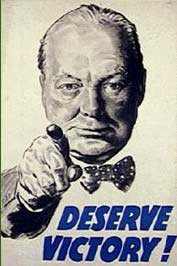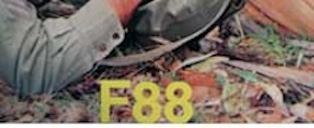|
|
RSAF ENFIELD | |
|
Royal Small Arms Factory at Enfield Lock. In 1653 Parliament requested the Ordnance Officer to negotiate with John and Henry Worth of Enfield, on the northern outskirts of London, for the use of certain mills on the River Lea, known as the "Lock," for the purpose of making gunpowder. In 1804 the Board of Ordnance established a small plant there to produce musket barrels which were subsequently assembled into flintlocks at the Tower of London. The property was purchased in 1812. The facilities were substantially upgraded in the early 1850's and RSAF Enfield became the principal government small arms manufacturing plant and so continued through two world wars and into the Cold War. After England and NATO adopted the Belgian made FN-FAL rifle and 7.62mm round as standard in 1954, the end was inevitable. The plant closed in 1988.
|
||
 |
The Times New Roman EFD is found on oilers, bayonets and rifles and indicates either manufacture or inspection, if not both, at RSAF Enfield. |
 |
 |
A simple Times New Roman E found directly beneath the Tudor Crown is part of the Enfield inspector's mark found on rifles, bayonets and oilers and indicates either manufacture or inspection, if not both, at RSAF Enfield. The letters or numbers beneath the letter denote the individual inspector. |  |
 |
If you look hard, you can see that this is an E overstruck by an F overstruck by a D. This stylized EFD was officially adopted in 1926, but is seen much earlier on rifles and bayonets. Has never been observed on an oiler. | |
There are several pattern variants of British Flintlock muskets.
Click the links on the expanded menu in the left column to learn more.





